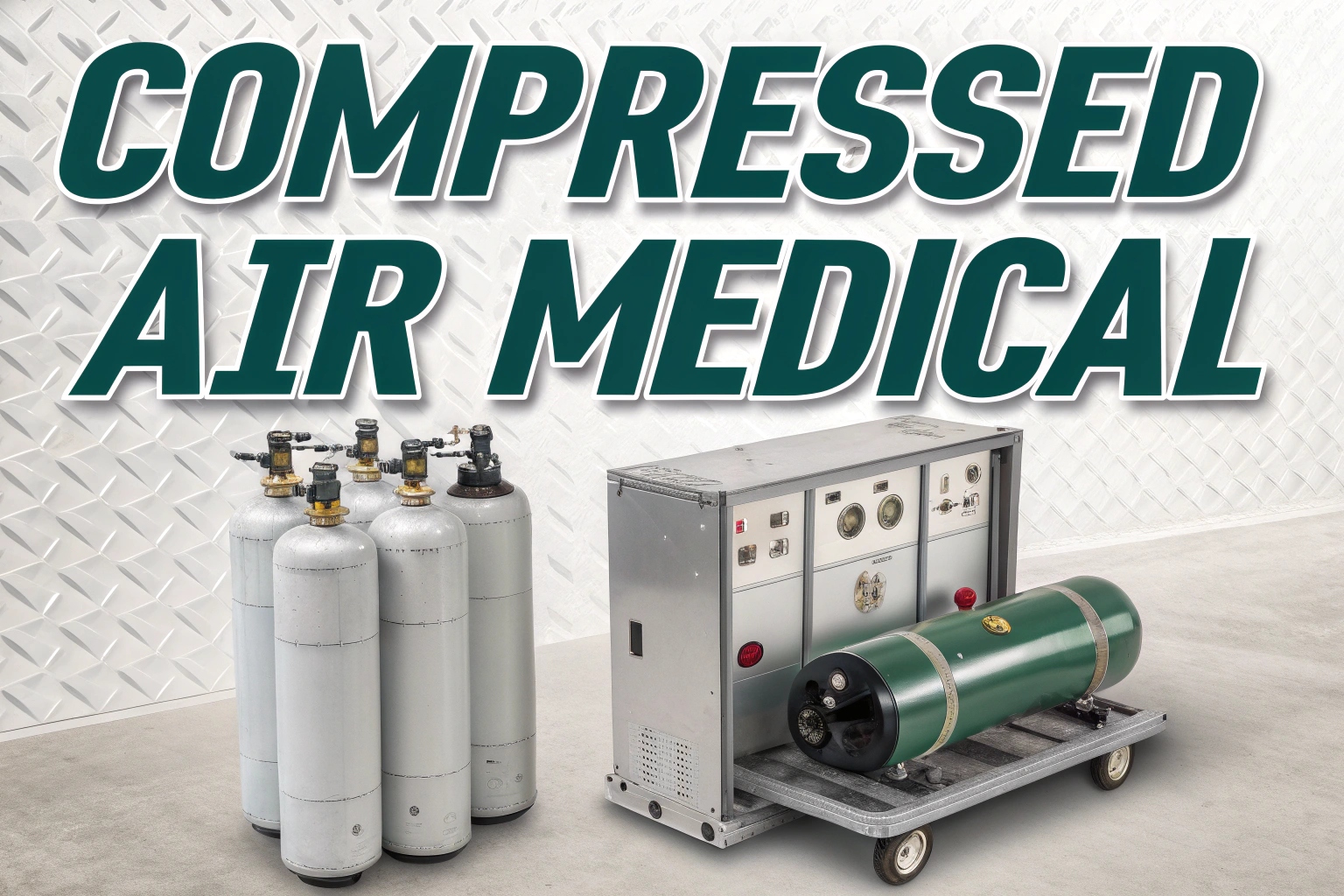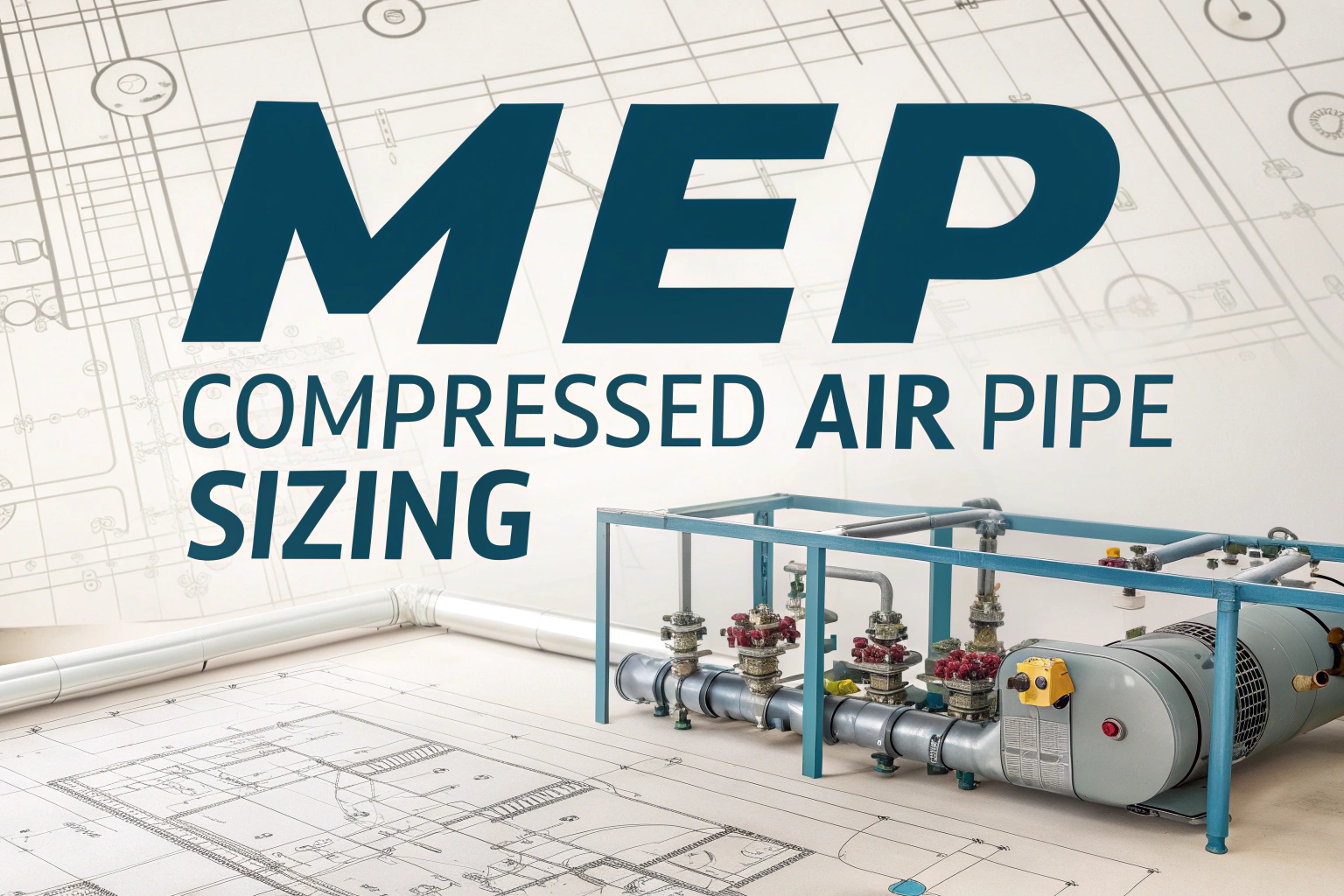Understanding Cooling Load Calculation Fundamentals
Building operators need a cooling load calculation to determine the specific cooling power that will preserve proper thermal conditions in their space. The calculation method protects HVAC systems from improper sizing, which avoids dangerous situations and energy inefficiency.
The method examines and assesses all heat-producing elements starting from environmental solar radiation and outdoor temperature through human presence and equipment requirements. The analysis of variables that include solar radiation and outdoor temperature follows standardized methodologies from ASHRAE while engineers apply principles from heat transfer through conduction, convection, and radiation.

Key Factors Affecting Cooling Load Calculation
Multiple conditions determine the results of cooling load analysis. The building envelope consists of walls and roofs alongside windows that serve to separate enclosed climate-controlled areas from uncontrolled ones, and these components can be assessed through U-values or R-value measurements. Building heating from occupants, together with lighting and equipment, generates most of the cooling demand.
People generate about 100 watts of heat energy, and additional thermal heat comes from equipment. Two factors determining cooling load requirements are ventilation requirements for fresh air and climate conditions, which include temperature and humidity levels together with solar radiation.

Step-by-Step Cooling Load Calculation Process
The first step involves obtaining building specifications, which include architectural plans together with intended use patterns. The first step is to recognize every heating source, starting from exterior elements like solar energy and surface conductance, alongside interior elements such as people and machinery. Decide the amounts of sensible heat, which changes temperature, along with latent heat, which changes humidity, for each heat source.
Diversity factors need to be applied since heat sources do not operate at the same time. The total cooling requirement must be determined by summing all components while peak conditions are identified through multiple load calculations.
Tools for Cooling Load Calculation
The software tools HAP Trace 700 and Energy Plus offer users detailed analysis capabilities. BIM-integrated systems enable calculations to retrieve data from architectural models, which leads to improved accuracy. Dynamic simulation includes time-dependent factors that reveal performance insights for systems during entire daily and annual cycles.
Cooling Load Calculation
Common Mistakes to Avoid
The process of calculating cooling load requirements produces errors for both novice and expert engineering professionals. Using cooling systems that exceed building requirements will lead to elevated expenses and unnecessary use of energy while causing inadequate control of humidity levels. An undersized cooling system causes users to face discomfort problems because of insufficient cooling capacity.
The omission of diversity factors may result in major misunderstandings of actual requirements. The omission of building thermal mass effects as temperature buffers creates inaccurate calculation results. Dealing with zoning requirements insufficiently will cause comfort problems in different spaces that have unique exposures or usage types.

Impact on Energy Efficiency
The adequacy of cooling load calculation determines the amount of energy HVAC systems will use. Efficient work of equipment arises from correct capacity selection, but oversized systems waste energy through unnecessary cycling. Right-sized systems operate more efficiently at controlling humidity conditions, and they require lower energy consumption.
Using the cooling load analysis offers the chance to implement energy-saving solutions such as thermal storage, through which cooling operations are relocated to off-peak periods. Designers who perform detailed hourly analysis calculations within their calculations will identify both free cooling opportunities and heat recovery solutions.
Frequently Asked Questions
What is the difference between cooling load and heat gain?
The instantaneous entry of heat into a space constitutes heat gain, whereas cooling load describes the heat quantity that needs removal for desired space conditions. The thermal storage nature of buildings causes cooling loads to follow behind heat gains.
How often should cooling load calculations be updated?
The calculation process needs to be updated whenever modifications occur in building envelope elements or equipment or when occupancy patterns and space usage change. The recommendation for existing buildings includes recalculation through periods of five to seven years.
Can cooling load calculations help predict energy costs?
Accurate calculations serve as the essential base for creating estimates about how much energy a facility uses. The combination of operational schedules as well as utility rates enables predicted cooling-related energy costs to remain reasonable.
How do residential and commercial calculations differ?
The residential evaluation process uses simplified methods like Manual J to study envelope characteristics along with basic internal source requirements. Sophisticated calculation methods must be applied for commercial buildings since they handle variable occupancy patterns and complex building systems.
What safety factors should be applied?
Well-documented buildings need safety factors between 5-10% according to standard industry practices. Buildings requiring additional certainty should consider safety factors between 10% and 15%. Excessive application of safety factors leads to unwanted issues with building oversizing.
Expand your knowledge today! Read our next blog post here! 📖












